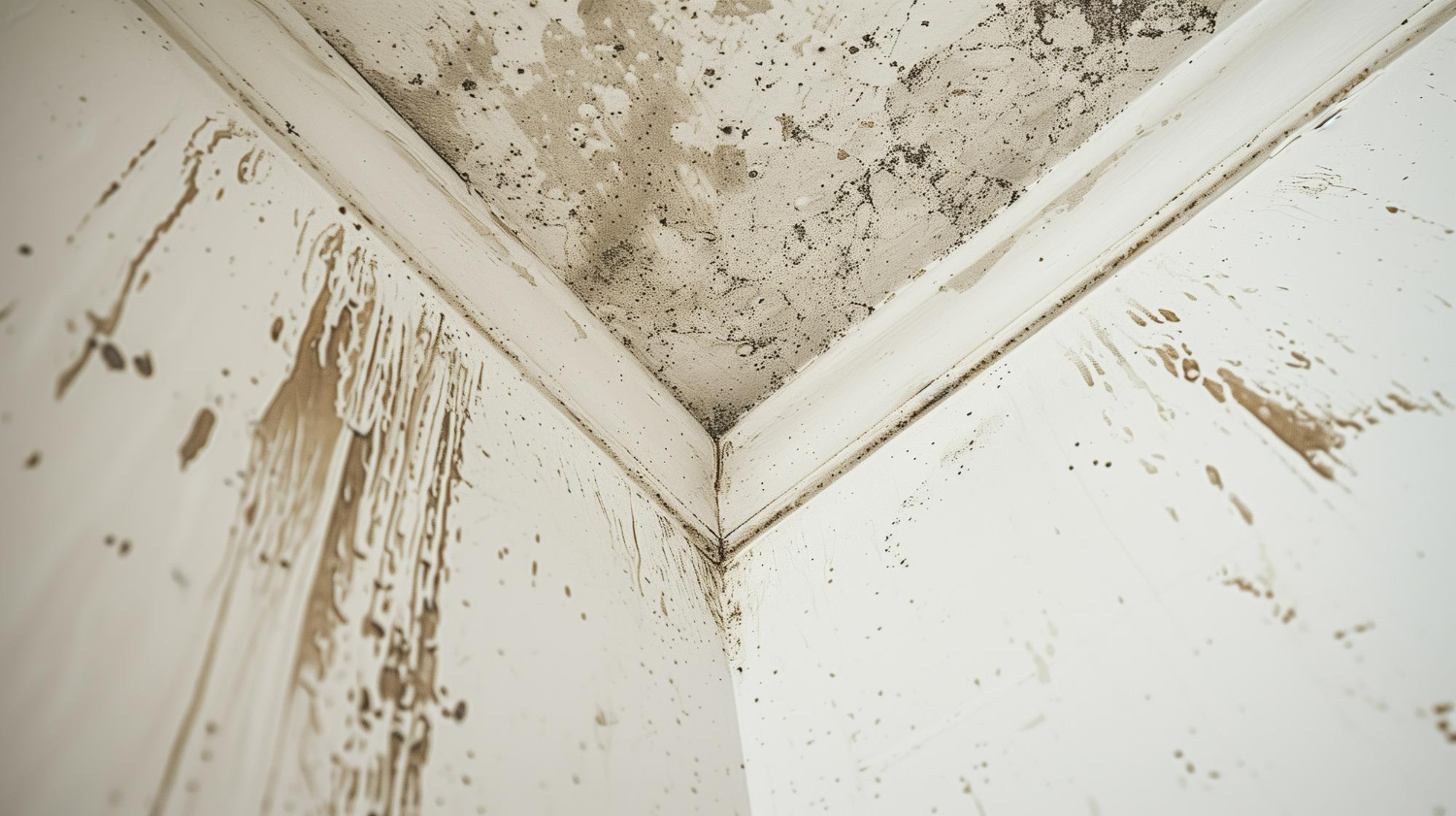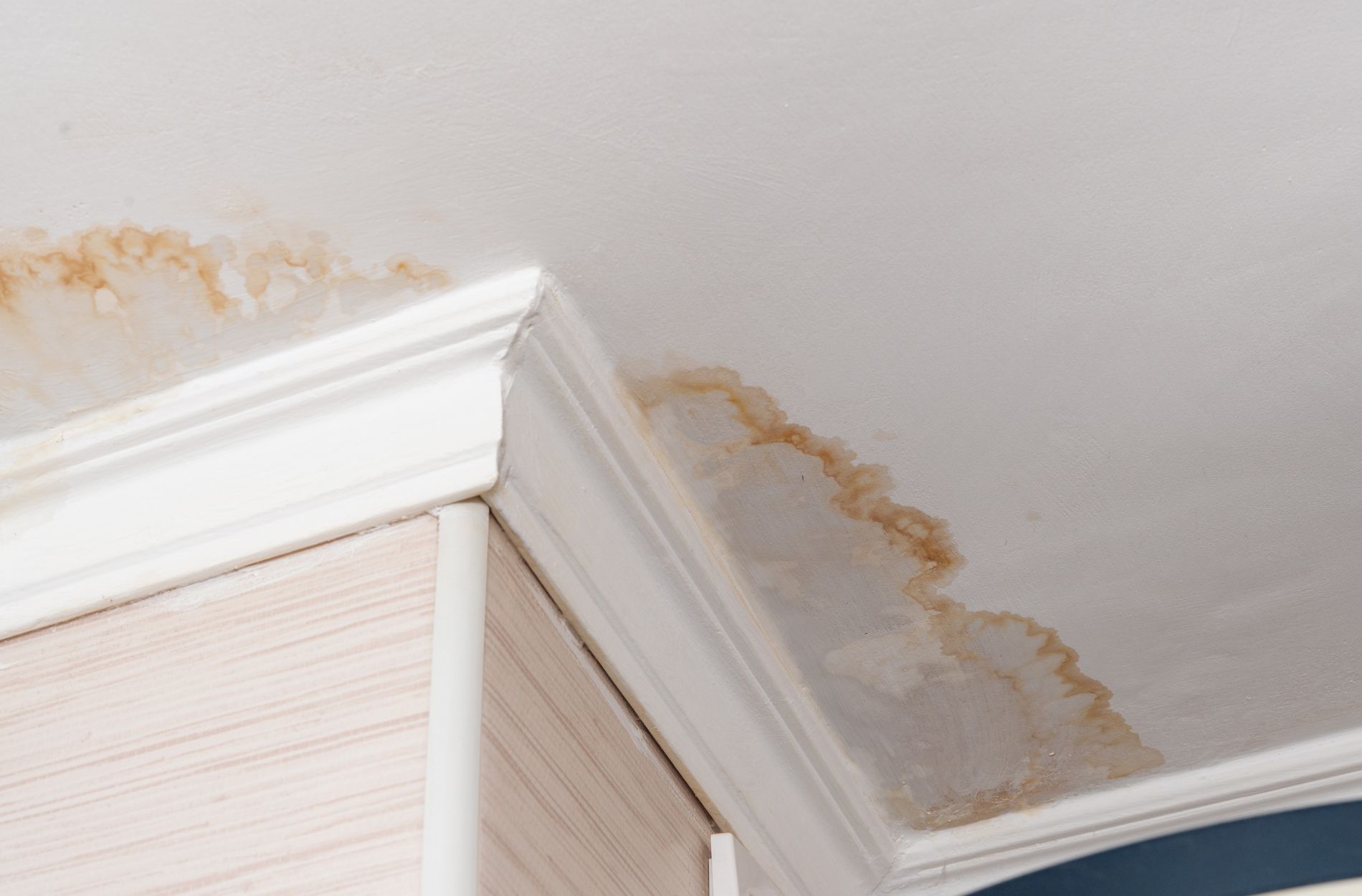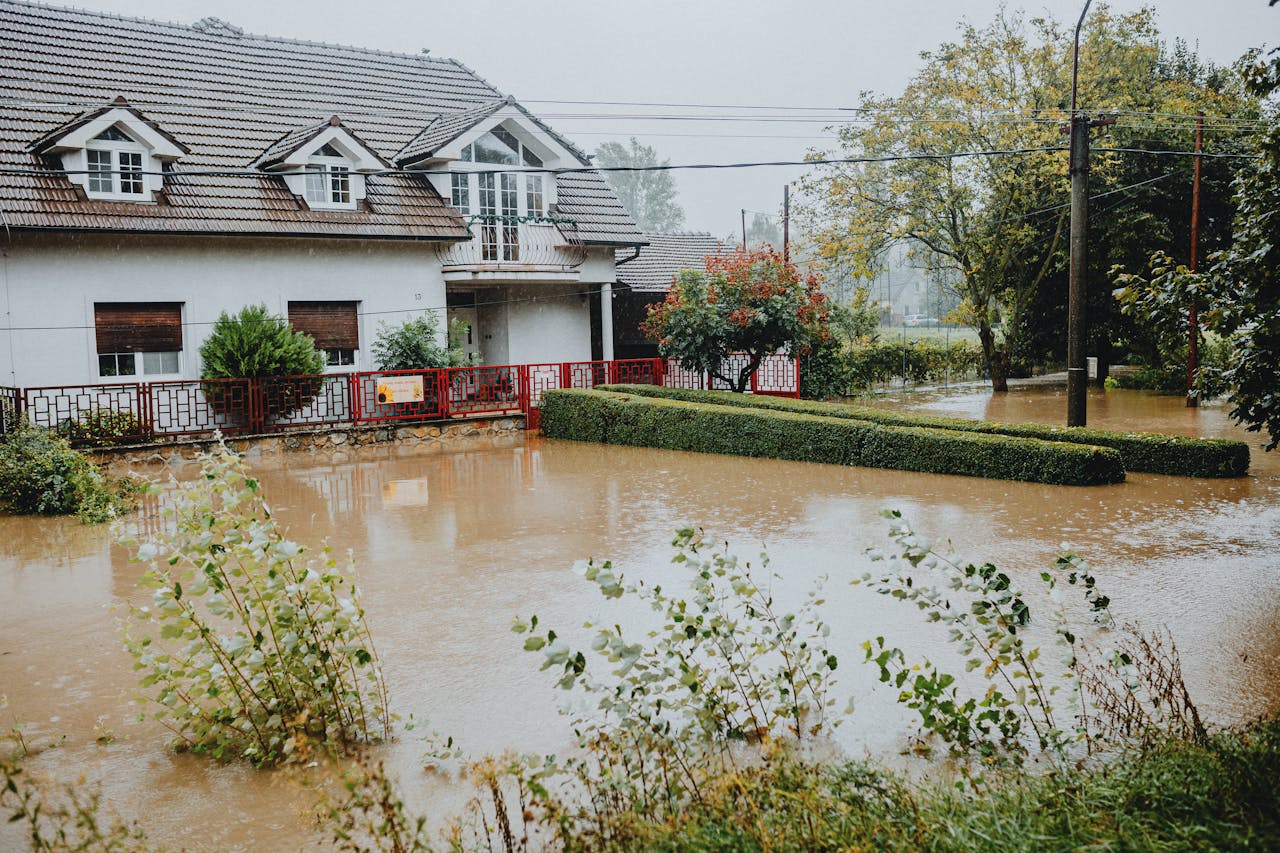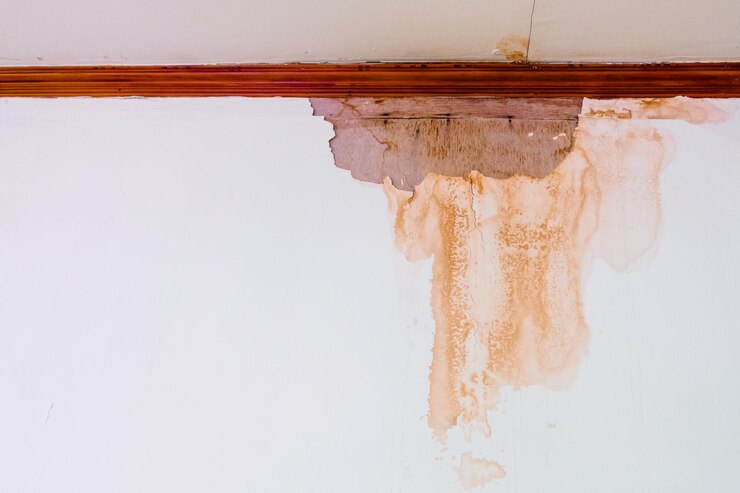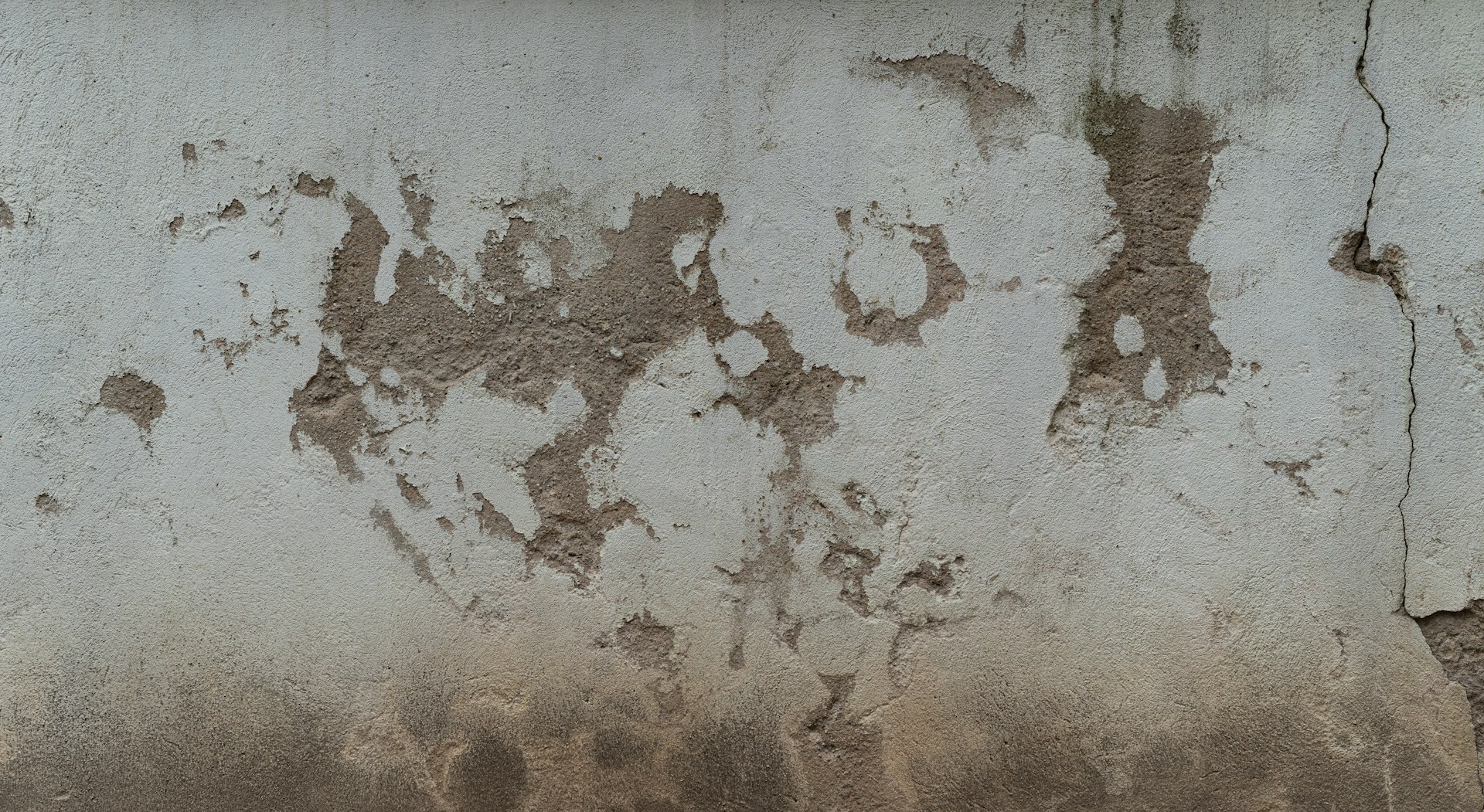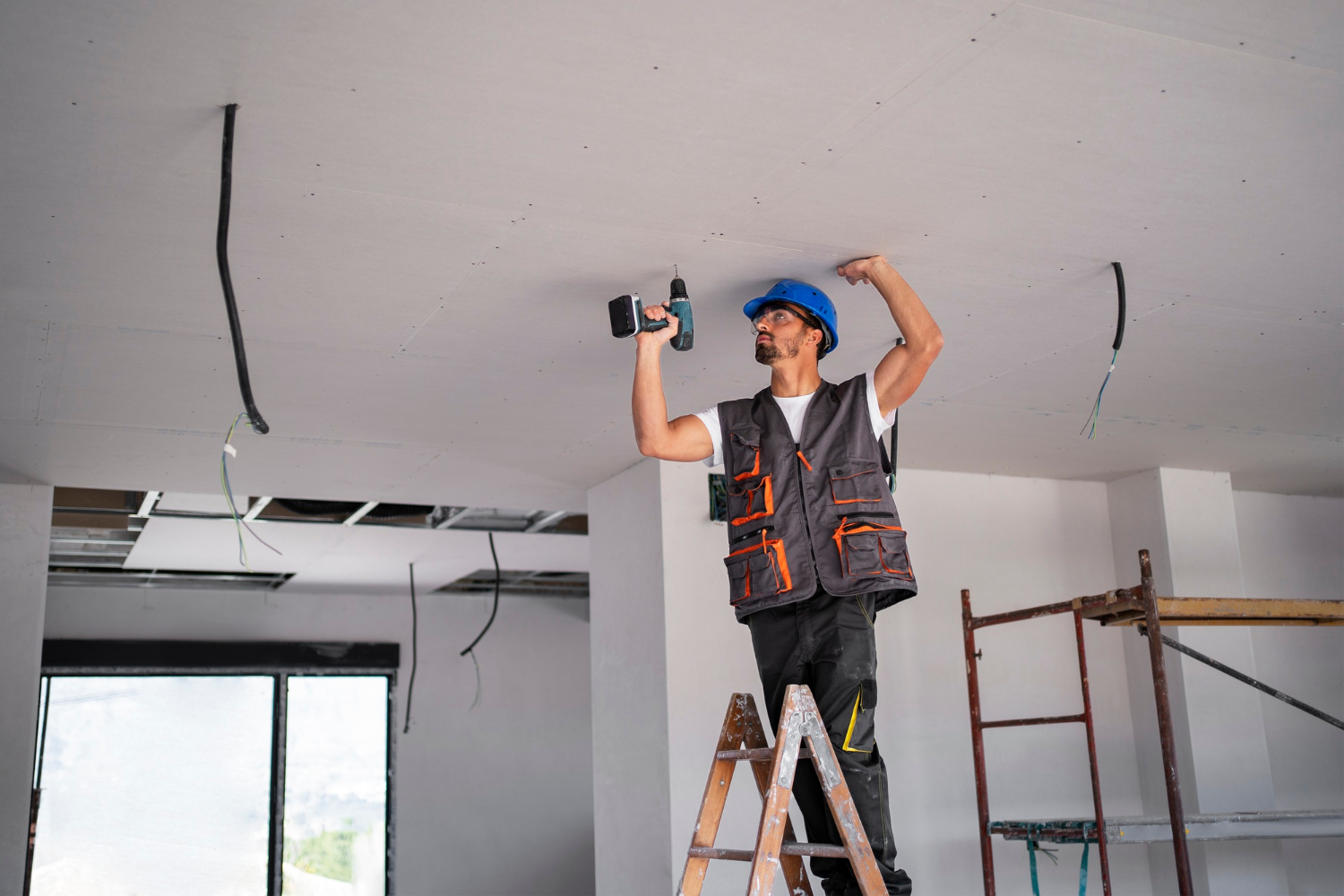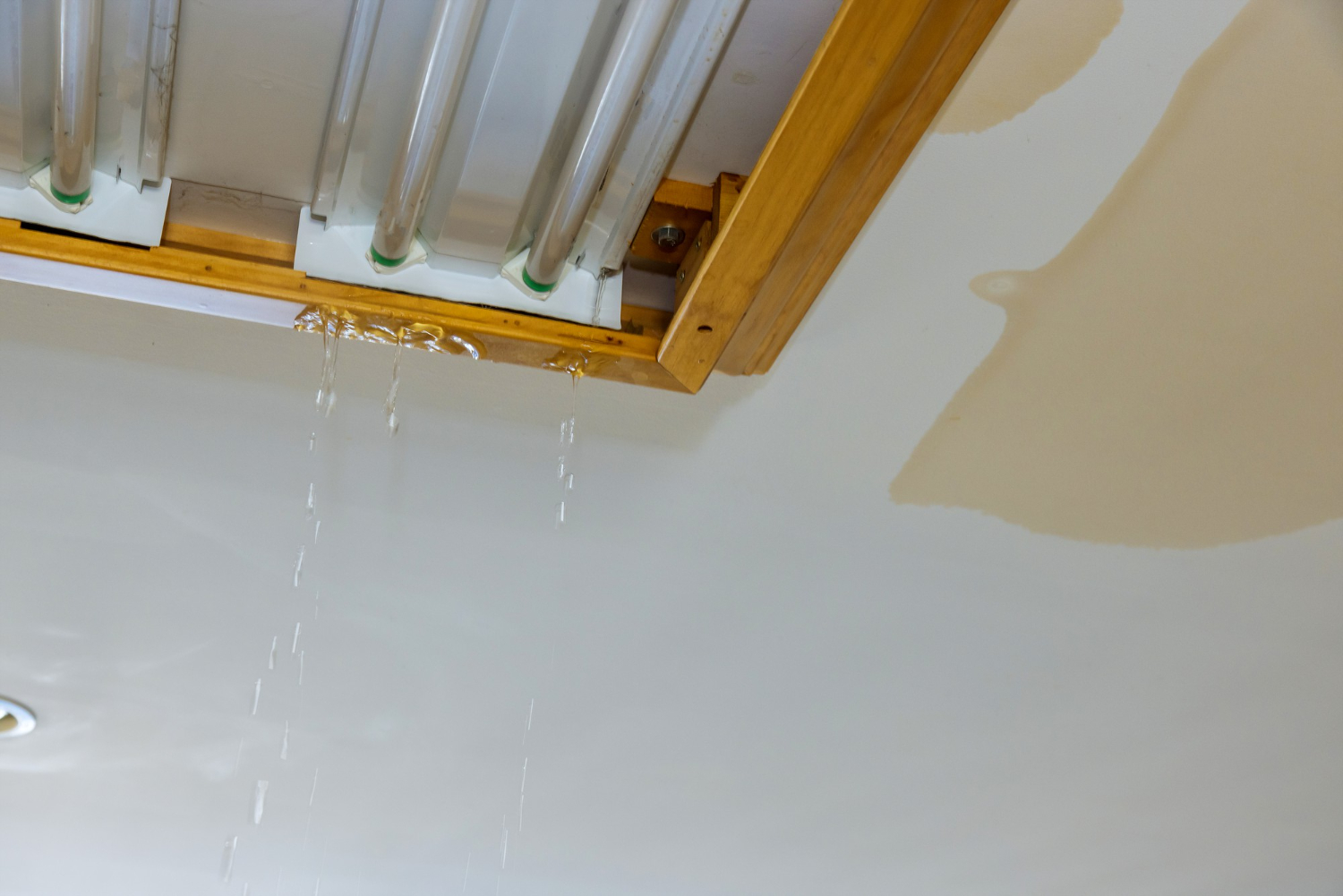Water damage can strike any home, often without warning. A leaking pipe, a broken roof tile, or even a strong rainstorm can lead to unexpected water damage. Living in Monterey, where the weather can be unpredictable, means staying vigilant about potential water damage. The good news is that many water damage issues can be fixed easily with a little knowledge and effort.
This guide will walk you through easy fixes for water damage in your Monterey home. From simple repairs to preventive measures, you’ll learn how to protect your home and maintain its value. By taking proactive steps, you can keep your living space safe and sound, ensuring a comfortable environment for you and your family.
1. Identifying the Source of Water Damage
Checking Common Leak Points
Finding the source of water damage begins by checking common leak points around the house. Start with areas like the kitchen, bathroom, and laundry room. These places have many pipes and fixtures that could leak. Look under sinks and around appliances like dishwashers and washing machines. Check for puddles, damp spots, or even minor drips. Often, you’ll find leaks around connections where pipes meet appliances or fixtures.
Inspecting Plumbing Fixtures
Next, inspect all plumbing fixtures in your home. Faucets, showerheads, and toilets can all be sources of leaks. Run your hands along the pipes to feel for moisture. Also, keep an eye out for any rust or corrosion, which can be signs of a slow leak. In the bathroom, look around the base of the toilet and under the sink for any water pooling. In the kitchen, regularly check the area under the sink where the garbage disposal or water filter might be.
Examining Roof and Windows
Water damage can also come from outside your home, through the roof or windows. Inspect your roof for damaged or missing shingles that could allow water to seep in. Look for any cracks or gaps around windows, as these can let rainwater in, especially during storms. Properly sealing windows and maintaining your roof can stop water from entering your home. Addressing these issues early can save you from bigger problems later on.
2. Drying and Ventilating Affected Areas
Using Fans and Dehumidifiers
Once you’ve identified the source of water damage, the next step is drying and ventilating the affected areas. Using fans and dehumidifiers helps speed up the drying process. Place fans around wet spots to increase airflow and use dehumidifiers to remove moisture from the air. This reduces the risk of mold and mildew growth, which thrive in damp conditions. Running these devices continuously until the area is fully dry is essential.
Opening Windows for Air Circulation
Another effective method for drying out your home is opening windows for air circulation. Fresh air helps to ventilate rooms, especially those with poor airflow. By opening windows, you allow damp air to escape and reduce humidity levels indoors. This can be particularly helpful in rooms without fans or dehumidifiers. Even in cooler weather, a few minutes of open windows can significantly improve ventilation.
Removing Wet Items Immediately
Removing wet items immediately from the affected area is crucial. Water-soaked carpets, furniture, and other belongings can hold moisture and delay the drying process. Move these items outside or into a dry location to prevent further damage. If an item is soaked beyond repair, it might be best to discard it to avoid mold and mildew. Taking quick action with wet items helps ensure a thorough drying process and keeps your home safe and dry.
3. Simple Repairs for Minor Damage
Patching Small Wall and Ceiling Leaks
Small wall and ceiling leaks are common issues that can be easily fixed. Start by locating the exact spot of the leak. Once found, use a utility knife to cut away any damaged drywall. Make sure the area is completely dry before you proceed. Apply a patching compound and smooth it over the hole. After it dries, sand it down for a seamless finish. Finally, repaint the area to match the rest of the wall or ceiling. This simple repair can prevent more significant damage later on.
Fixing Loose or Damaged Tiles
Loose or damaged tiles can also result from water damage. These need to be fixed quickly to avoid further issues. First, remove the loose or damaged tiles carefully to avoid breaking them. Clean the area underneath and let it dry thoroughly. Apply a new layer of tile adhesive and press the tiles back into place. Use spacers to ensure they are evenly aligned. Allow the adhesive to set, then apply grout to seal the gaps between tiles. Wipe away any excess grout to keep your tiles looking clean and new.
Replacing Water-Damaged Baseboards
Baseboards often suffer from water damage, especially if water has been standing for some time. To replace damaged baseboards, start by carefully removing the old ones. Measure the length needed for the new baseboards and cut them to size. Use a sealant on the back of the new baseboards to protect against future water damage. Nail them into place and finish with caulk along the edges. Paint the baseboards to match the room, which completes the repair and freshens up the look of your space.
4. Preventive Measures to Avoid Future Water Damage
Regular Home Maintenance Tips
To prevent future water damage, regular home maintenance is key. Check for leaks in pipes and around appliances regularly. Keep gutters clean to ensure proper water flow. Inspect your roof annually for any signs of wear and tear. Fixing minor issues quickly can stop them from turning into major problems. Also, make sure to service your HVAC system to keep humidity levels low, reducing the chance of mold growth.
Installing Gutter Guards and Downspouts
Gutter guards and downspouts are excellent investments for protecting your home from water damage. Gutter guards prevent leaves and debris from clogging your gutters, ensuring water flows away from your home. Install downspout extenders to direct water several feet away from your foundation. This prevents water from pooling around your home, which can lead to foundation issues and basement flooding. Regularly clean and inspect these features to keep them in good working order.
Ensuring Proper Landscaping and Drainage
Proper landscaping and drainage are also vital to preventing water damage. Ensure the ground slopes away from your home to direct water flow. Avoid planting trees or large shrubs too close to the house, as roots can interfere with your foundation. Installing French drains or a sump pump can help manage excess water in your yard. These measures keep water away from your home, reducing the risk of damage and maintaining a healthy environment.
Conclusion
Addressing water damage promptly and efficiently is crucial for maintaining a safe and comfortable home. Simple fixes like patching leaks, repairing tiles, and replacing baseboards can make a significant difference in preventing further damage. Identifying the source of water damage quickly helps stop issues before they escalate. Effective drying and ventilation practices are essential to prevent mold growth and other health hazards. Implementing preventive measures ensures your home remains protected against future water damage.
If you’re faced with water damage and need professional assistance, All Around Home Solutions is here to help. Our team provides top-notch water damage restoration services in Monterey, ensuring your home stays in optimal condition. Reach out to us today to schedule an appointment and keep your home safe and dry.

